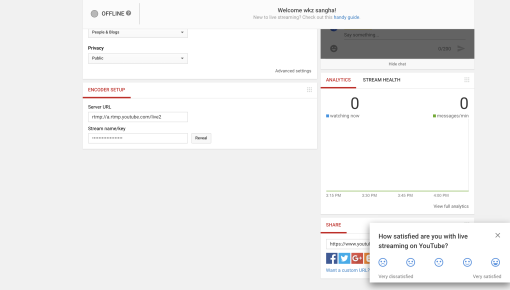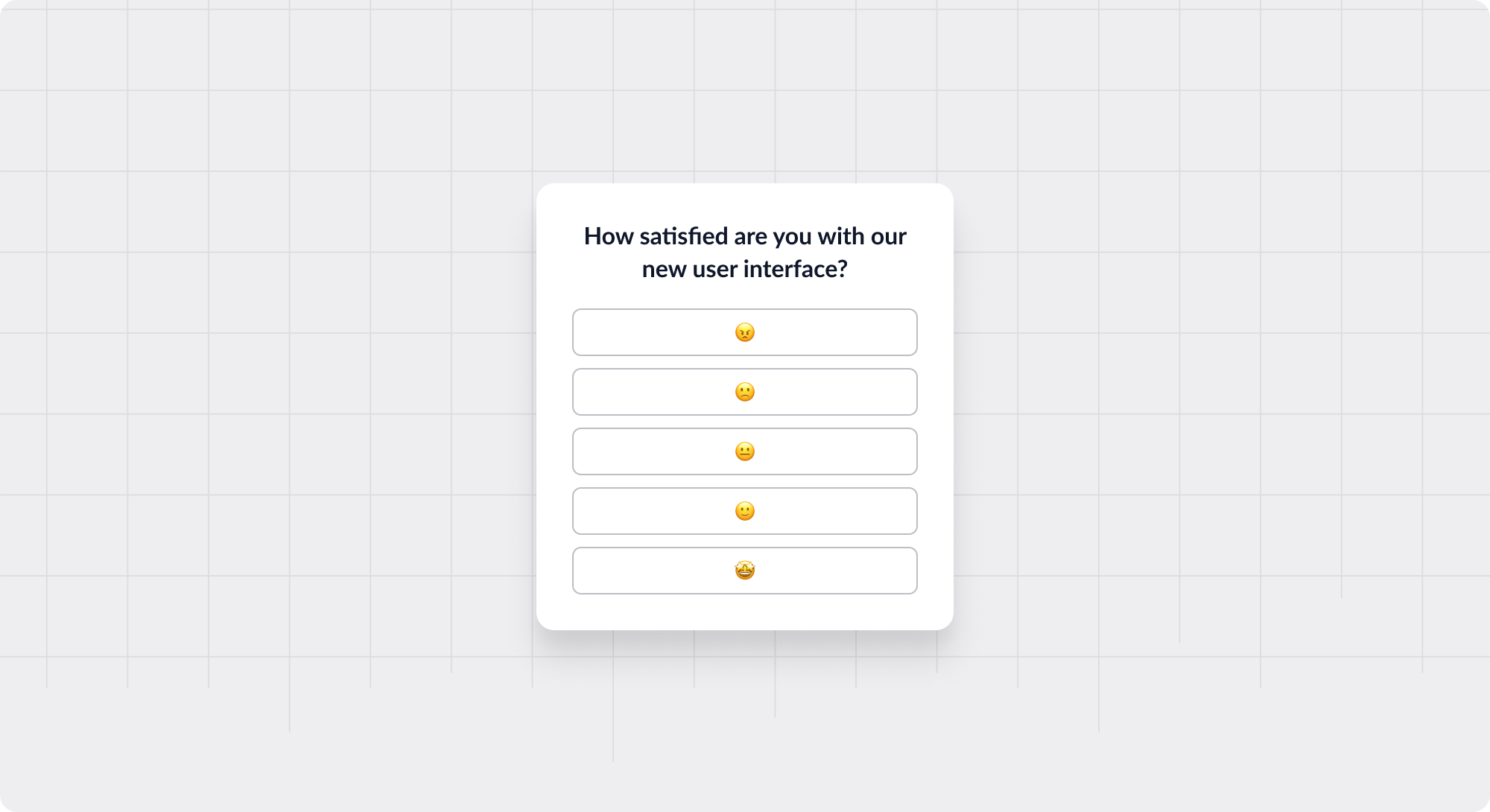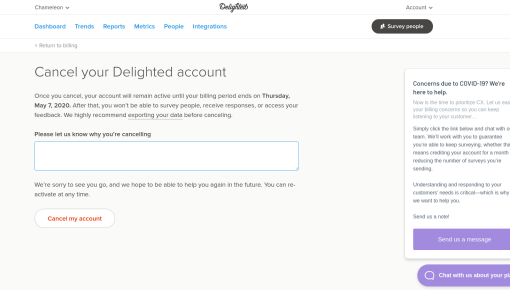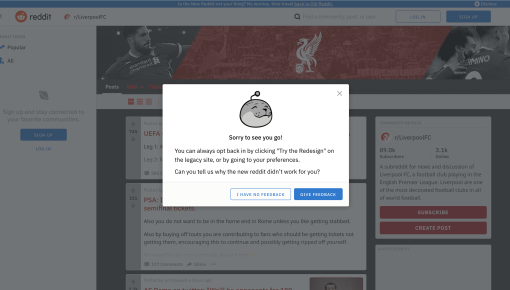
Existing customer? Sign in
Quick, targetted in-app surveys designed to capture immediate user feedback efficiently

Microsurveys are concise, targeted surveys, usually consisting of a single or few questions designed to capture quick, specific user feedback within an app or website. They focus on gathering immediate insights based on specific interactions or user experiences rather than more traditional longer-form surveys that may be broader or ask the user to reflect on a longer time horizon.
These punchy in-app surveys may collect structured data (e.g., asking users to select one of a limited number of options) or free-form text. Net Promoter Score (NPS) is an excellent example of a type of microsurvey that has become popular, partly due to its ease of answering for users.
Gathering Instant User Feedback: Microsurveys are ideal for collecting instant feedback on a new feature, user interface change, or overall user experience.
Measuring Customer Sentiment: Microsurveys can effectively measure specific methodologies like Net Promoter Score (NPS), Customer Satisfaction Score (CSAT), and Customer Effort Score (CES).
Product Improvement: Microsurveys can inform product development by identifying user needs, preferences, motivations, and pain points.
Collecting User Attributes: Asking users for data such as role, use case, etc. and then adding those attributes to the user profile to enable further targeted communication or data analysis
Generating Reviews: Targeting users with positive sentiment to ask for reviews, testimonials, or participating in user research or case studies.







Get started free in our sandbox or book a personalized call with our product experts